
views
Rebooting the Device
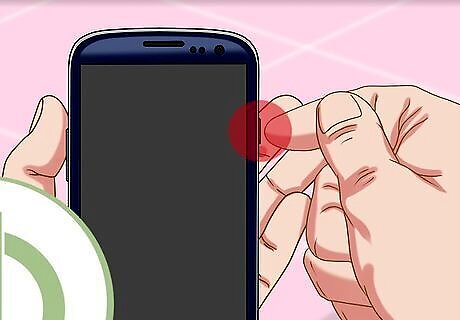
Press and hold the Power button on your phone. The power button is on the right side of your phone. This displays the Power menu.

Tap Restart. It's the second option in the Power menu.
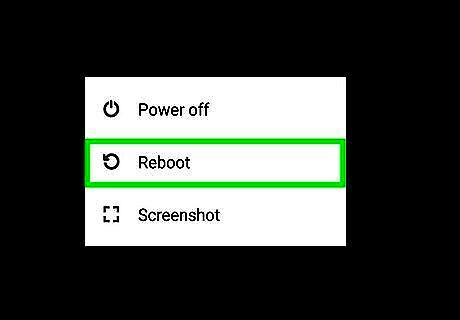
Tap Restart. This confirms that you want to restart your device and reboots your device.
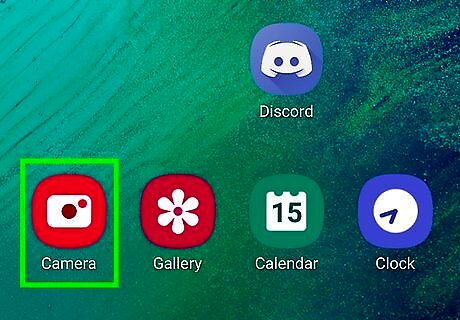
Try the camera out. Tap the stock Android camera app, which is usually the plain camera icon, to open the camera. Point it at an object, and press the Capture button on the screen. If it still lags, try another method.
Changing the Camera Setting
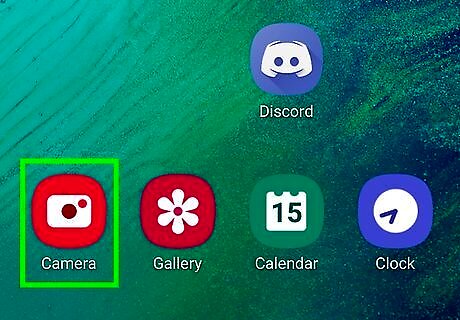
Open the camera app. Do this by tapping on the camera icon from the home screen or app drawer.
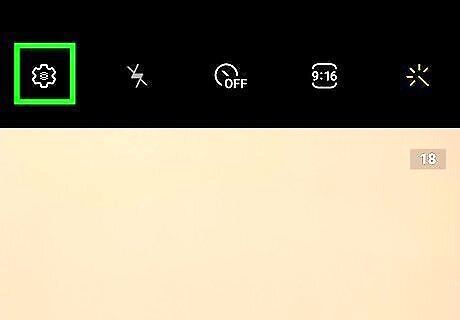
Tap the gear-shaped icon Android 7 Settings. This is in the top-left corner of the app. The Camera settings menu will appear.
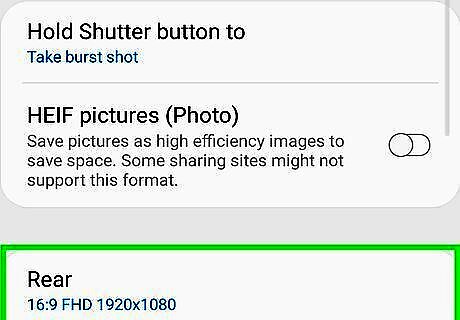
Tap Rear picture size. It's the first option below "Pictures." This allows you to change the resolution of your pictures on your rear-facing camera.
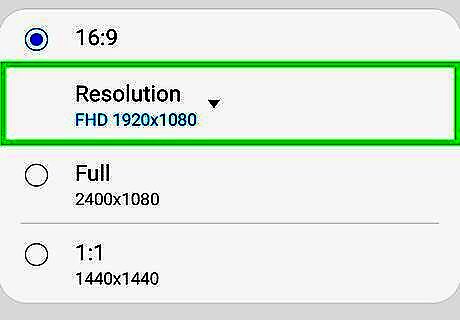
Tap Resolution. It's below the aspect ratio you have selected. This allows you to change the resolution of your camera.
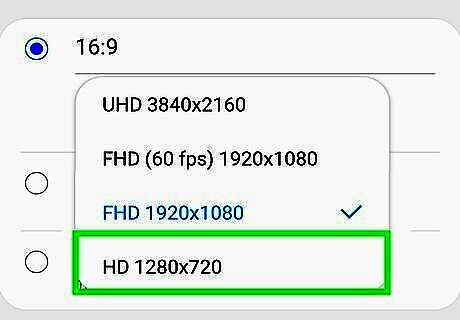
Tap a lower resolution. Using a lower resolution will reduce the amount of data your phone needs to process. This will lower the amount of lag on your camera. Tap the back arrow in the upper-left corner to return to the Camera Settings menu when you are finished.
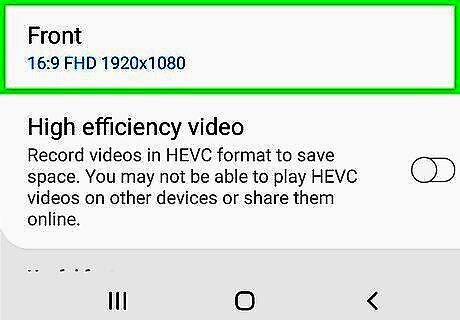
Tap Front picture size. It's the second option below "Pictures." This allows you to change the resolution of your pictures on your front-facing camera.
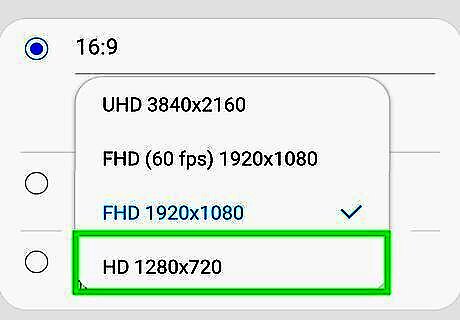
Tap a lower resolution. There are only a few image sizes available for the front-facing camera. Tap a lower image to reduce the amount of data your phone needs to process. This will reduce the amount of lag. Then tap the arrow in the upper-left corner to return to the Camera Settings menu.
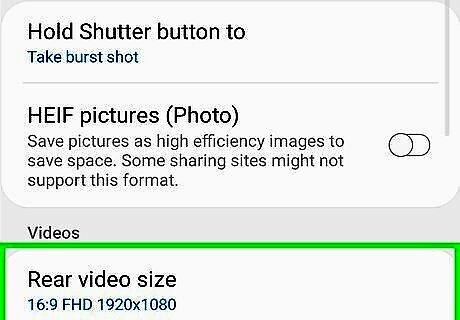
Tap Rear video size. It's the first option below "Videos." This allows you to change the resolution of your videos.
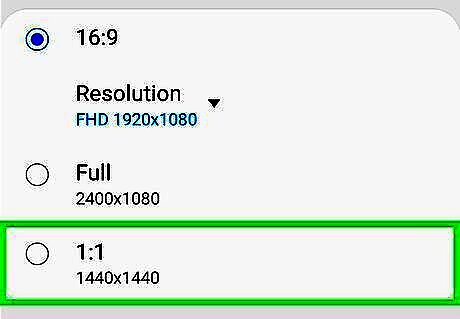
Tap Resolution. It's below the aspect ratio you have selected. This allows you to change the resolution of your videos.
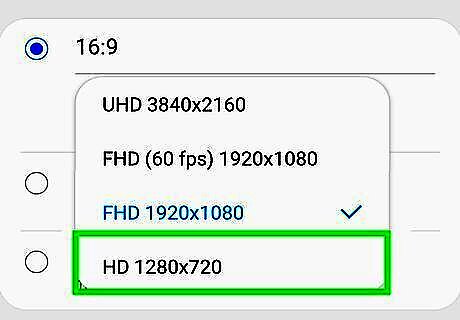
Select a lower resolution. If you have UHD or QHD selected, you may want to select FHD or HD instead. If you have 60 frames-per-second (FPS) selected, you may also want to bump it down to 30 FPS. Tap the arrow in the upper-left corner to return to the Camera Settings menu.
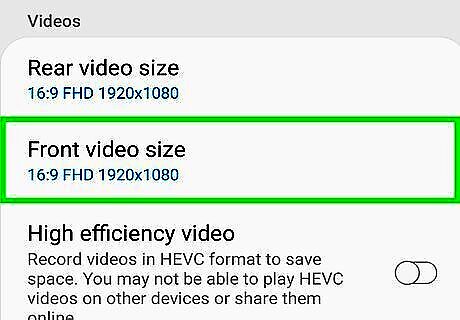
Tap Front video size. It's the second option below "Videos." This allows you to change the resolution of your videos on your front-facing camera.

Tap Resolution. It's below the aspect ratio you have selected. This allows you to change the resolution of your videos.
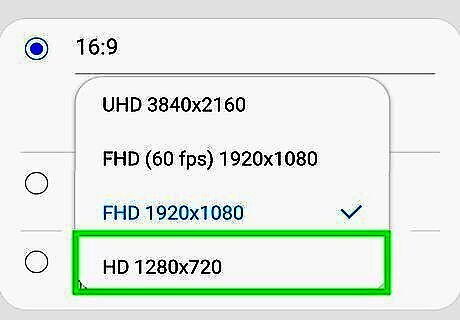
Select a lower resolution. If you have QHD selected, you may want to select FHD or HD instead. Tap the arrow in the upper-left corner to return to the Camera Settings menu.
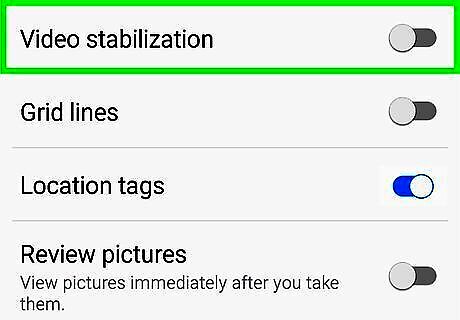
Disable “Disable Stabilization.” If you have Video Stabilization turned on, tap the toggle switch next to Video Stabilization to turn it off.
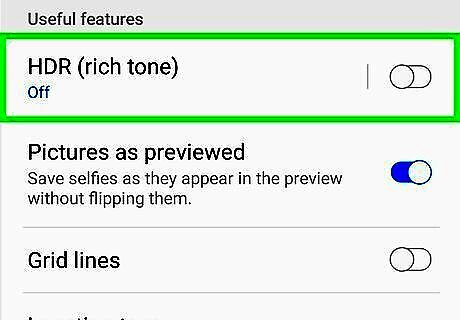
Turn HDR off. High dynamic range (HDR) provides a little extra color in your photos and videos. If you find your camera is lagging, you may want to turn it off. Tap the toggle switch next to HDR to turn it off.
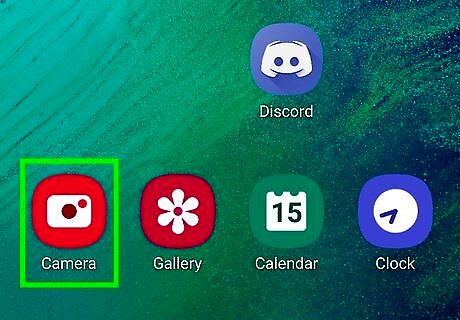
Take a picture. Point it at an object, and press the Capture button on the screen. If it still lags, try another method.
Clearing the Cache Memory
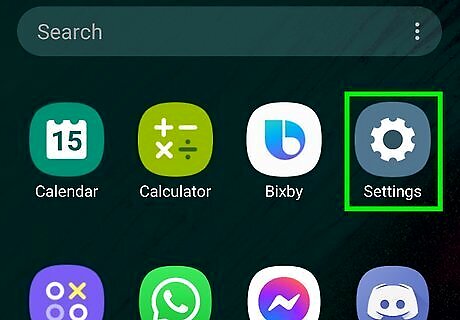
Open the Settings menu Android 7 Settings. Locate the gear app icon on the home screen or app drawer. Tap it to open the Settings menu on your device.
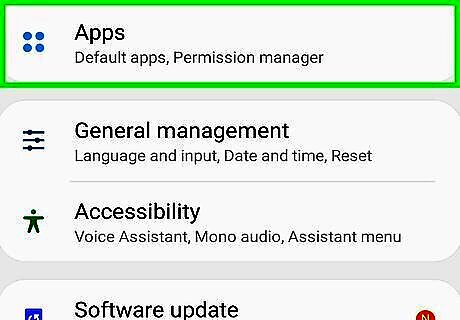
Scroll down the menu and tap Apps. A list of all installed apps will be displayed.
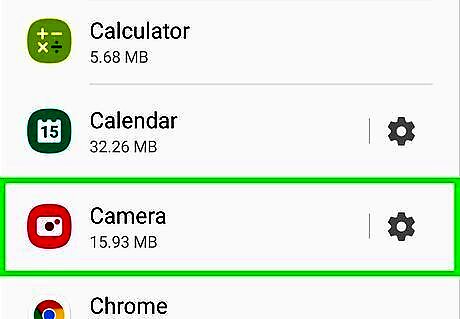
Select the Camera app. The App Manager usually lists all apps in alphabetical order, so scroll down to C, locate the Camera app, and tap it.
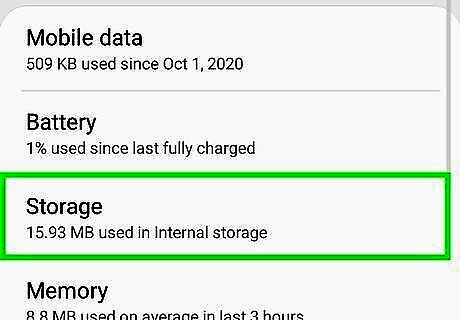
Tap Storage. This displays how much storage is being used by the Camera app.

Tap Clear Cache. It's at the bottom of the screen on the right. Wait for the process to complete. Depending on the size of the cache, this usually takes a few seconds. Clearing the cache will not affect any saved image files; this only removes temporary files created by the app.

Try the camera out. Tap the stock Android camera app, which is usually the plain camera icon, to open the camera. Point it at an object, and press the Capture button on the screen. If it still lags, try another method.
Updating the System Software and Other Updates

Open the Settings menu Android 7 Settings. Locate the gear app icon on the home screen or app drawer, and tap it. This will open the Settings menu of the device. Make sure that your device is connected to the Internet.
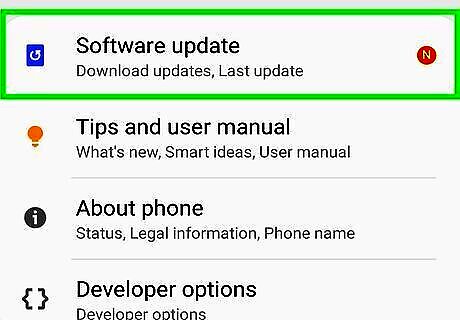
Scroll down and tap Software Update. It's near the bottom of the Settings menu. On some models, it may say "System Update." It takes some time to check whether the updates are available. The time depends on the speed of your Internet connection.
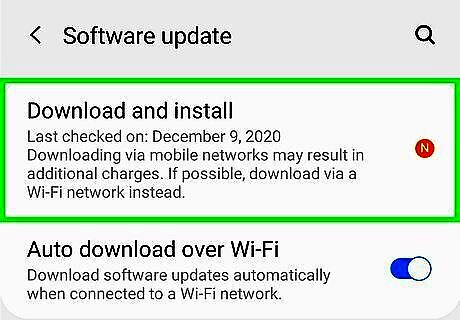
Tap Download and Install. This will check to see if an update is available. If an update is available, it will download and install automatically. If no update is available, you will be informed that your phone is up-to-date. It takes some time to download updates on your phone. The time depends on the speed of your Internet connection and on the size of the update file. A progress bar will appear displaying the status of the update.
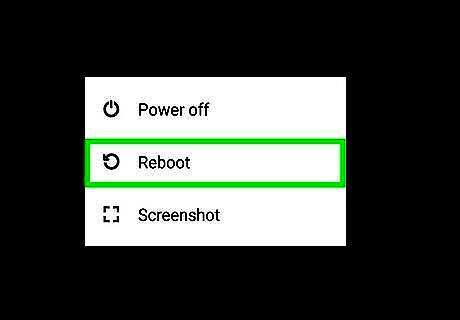
Reboot. Once the download has been complete, use the following steps to reboot your phone: Press and hold the power button on the right side of your phone. Tap Restart Tap Restart to confirm. Wait for your phone to restart.
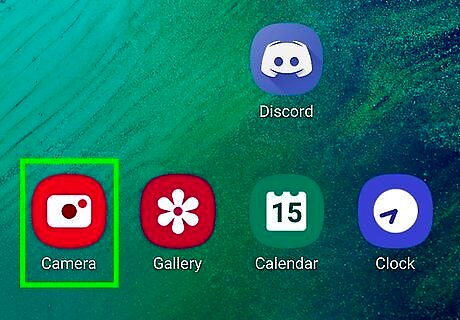
Try the camera out. After the device has rebooted, tap the stock Android camera app, which is usually the plain camera icon, to open the camera. Point it at an object, and press the Capture button on the screen.



















Comments
0 comment